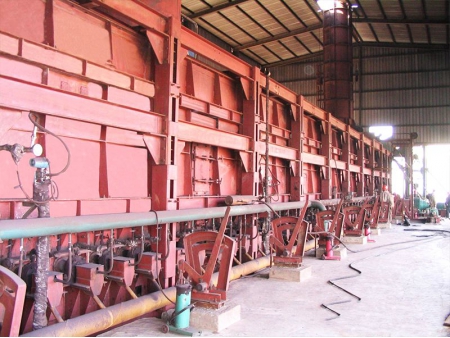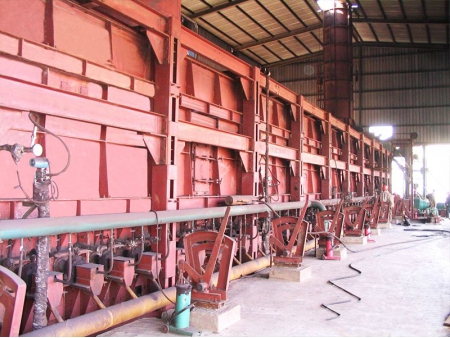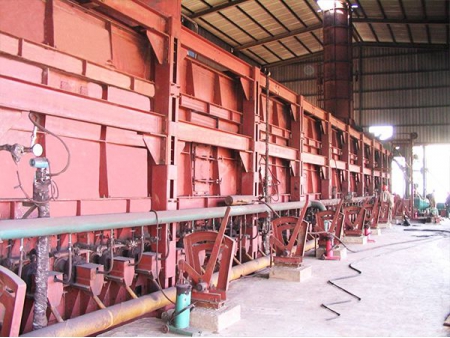Chain Grate Boiler
The chain grate boiler is generally used in the pellet-burning process within the moving grate-rotary kiln system, marking it as one of the key pieces of equipment essential for the entire production line. This chain grate broiler is designed to operate under high temperatures, working in sync with custom-made chains. Its unique feature is the circular motion of the grate bed, which efficiently moves materials from the back to the front for discharge, ensuring a smooth and continuous operation.
Constructed with precision and care, the chain grate boiler consists of several integral components: a drive mechanism for steady operation, a traction head wheel guiding the movement, a support device for material stability, and a tail redirection unit to ensure the proper flow of materials. It also includes a sealing mechanism to maintain the system's integrity, a grate bed assembly for the material's thermal treatment, bellows units to accommodate expansion, and a solid frame and cover to protect and encase the machinery.
| Dimensions (L×W) (m) | Capacity (10⁴ ton/year) | Power (kW) | Speed Ratio |
| B2.0×30 | 25 | 2×15 | 315 |
| B2.5×33 | 40 | 2×15 | 315 |
| B2.8×36 | 60 | 2×18.5 | 315 |
| B3.1 × 39 | 80 | 4×11 | 1060 |
| B3.5 × 39 | 100 | 4×11 | 1060 |
| B4.0 × 42 | 150 | 4×11 | 1060 |
| B4.5 × 60 | 240 | 4×15 | 730 |
| B5.0×60 | 400 | 4×22 | 440 |
| B5.5×69 | 500 | 4×22 | 440 |
- The boiler incorporates flexible drive technology, enabling automatic adaptation to the thermal expansion of the traction head wheel's spindle for uninterrupted functionality.
- It features a bellows construction that ensures even air distribution, achieving a uniform temperature across the processing section.
- The grate bed is designed with an automatic tension mechanism that compensates for thermal expansion and contraction, maintaining optimal tension.
- An automatic reset function for grate plates ensures they always return to their proper position, maintaining consistent material distribution.
- The boiler employs staggered meshing technology to address the differential thermal expansion between the grate bed and the main shaft.
- Its design includes an adaptive linkage with flexible guides, eliminating the risk of collisions and jamming among the fixed parts of the grate.
- Advanced sealing techniques are utilized to prevent air from leaking into unintended chambers, optimizing energy use and enhancing efficiency.




